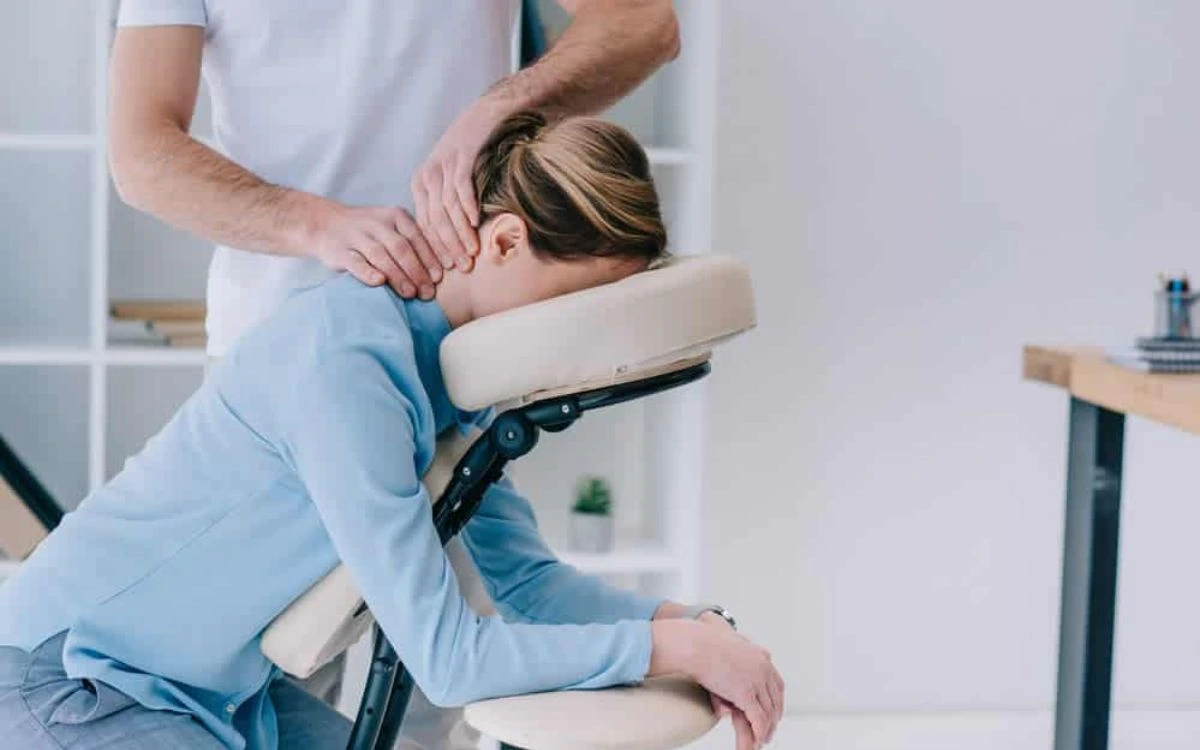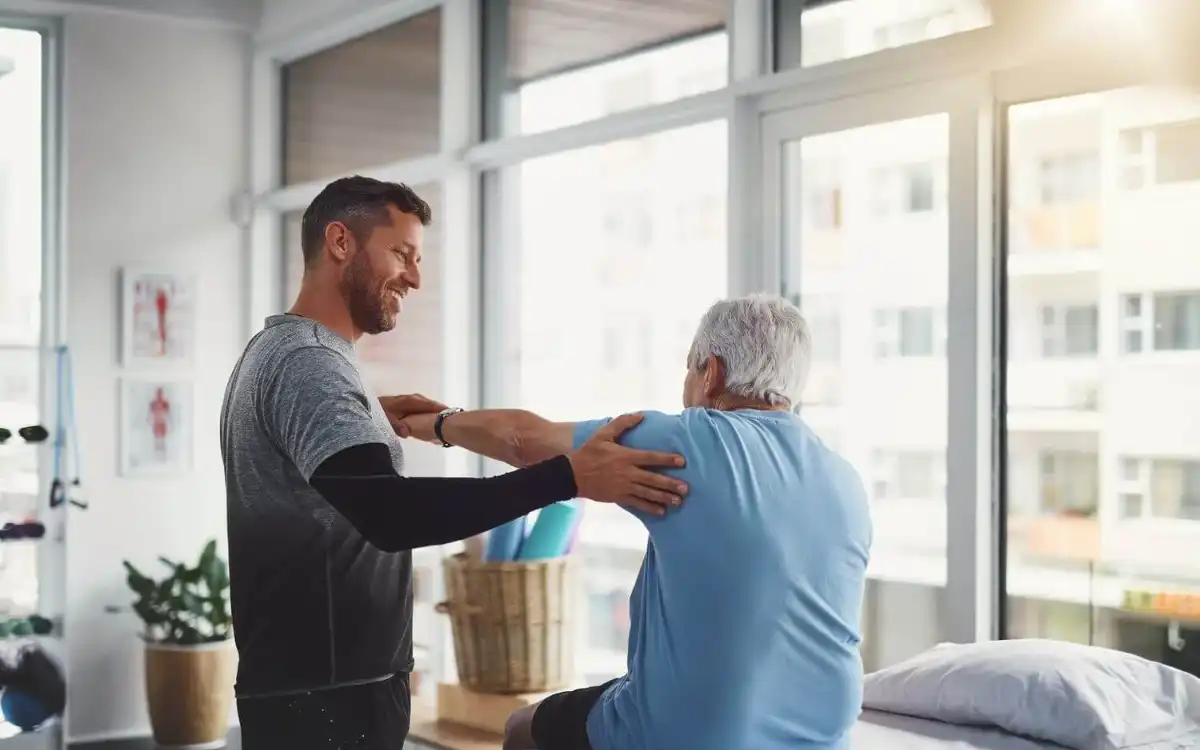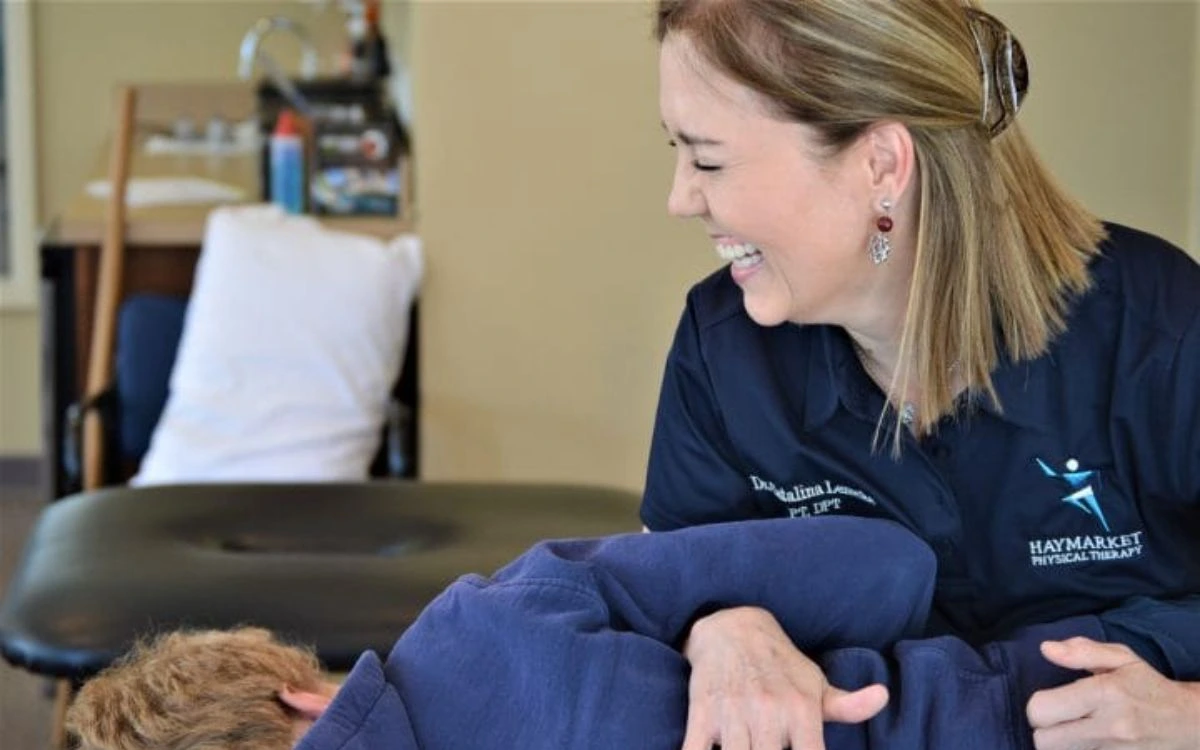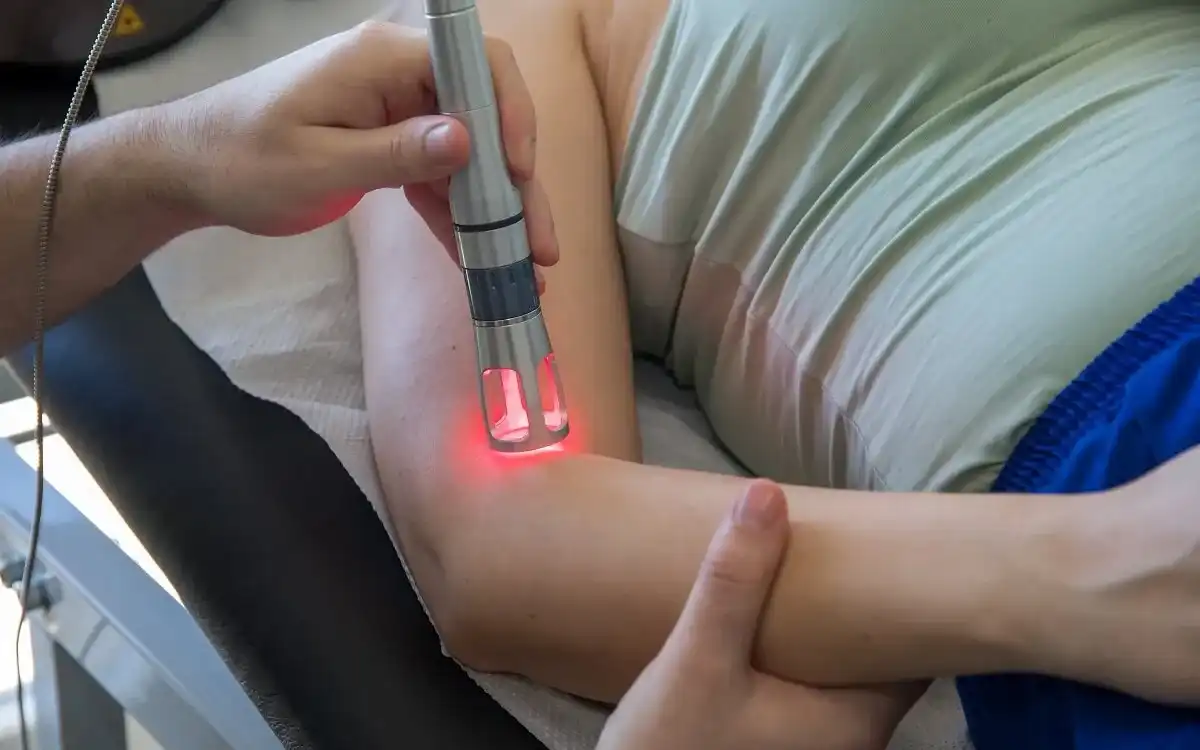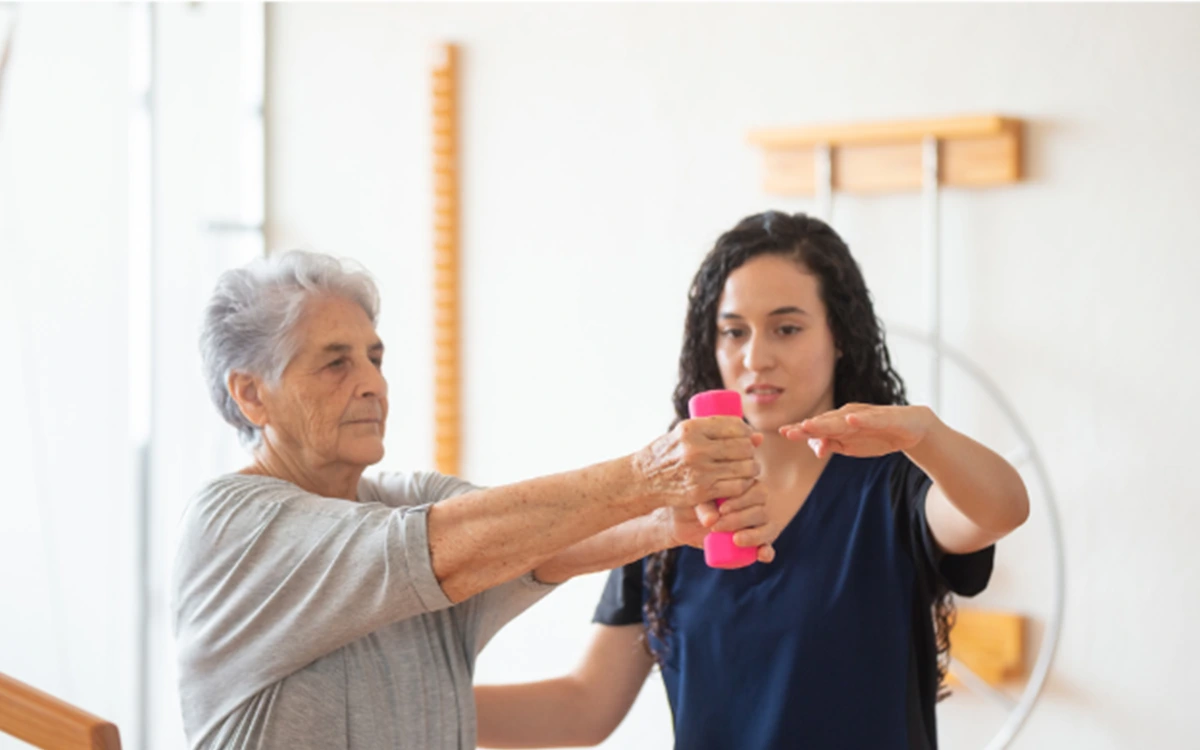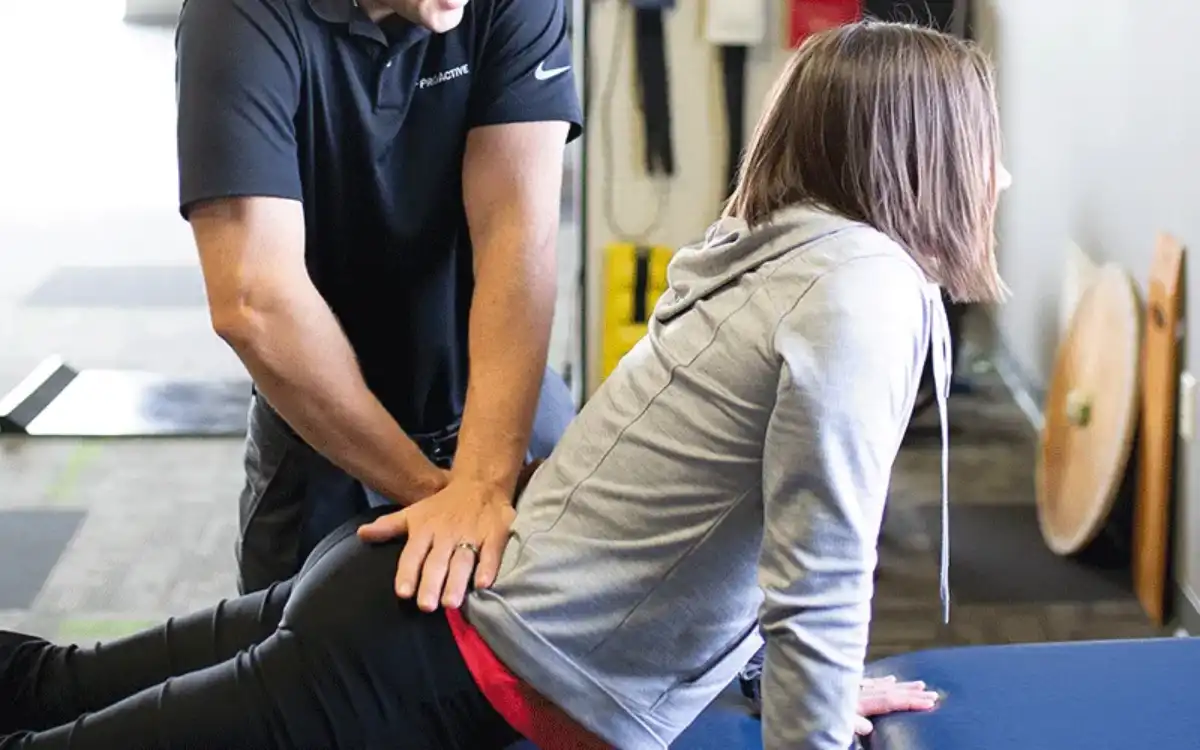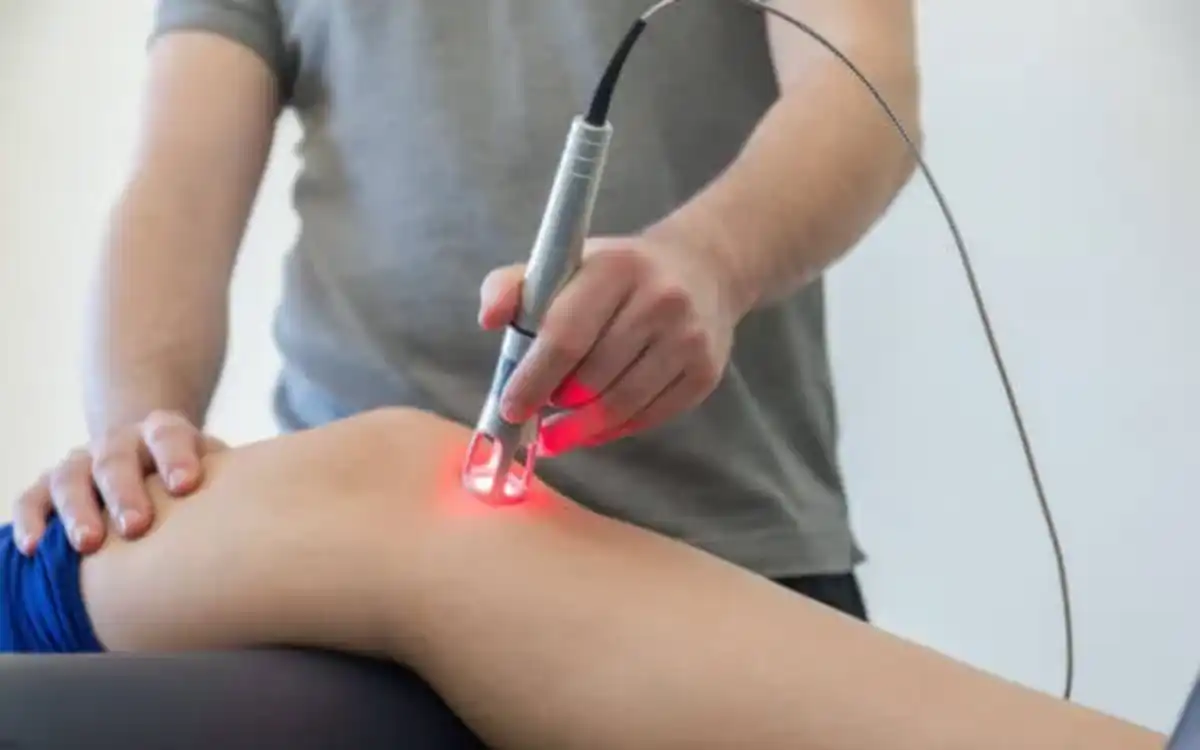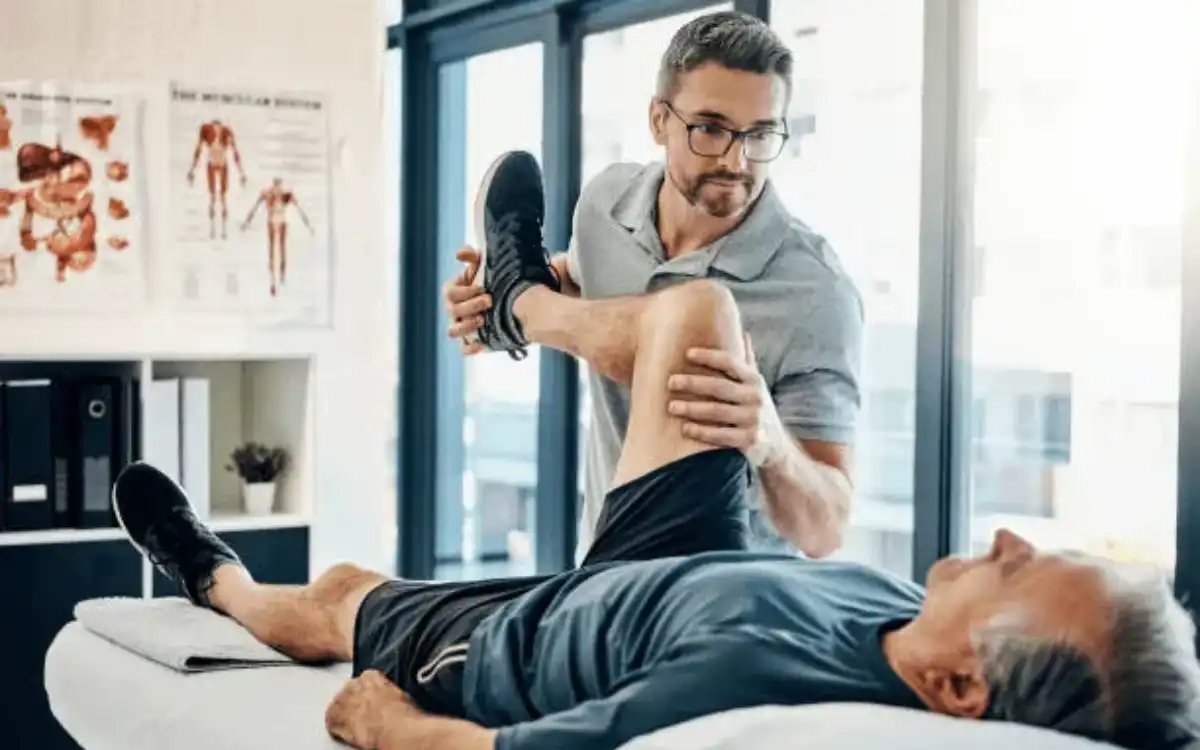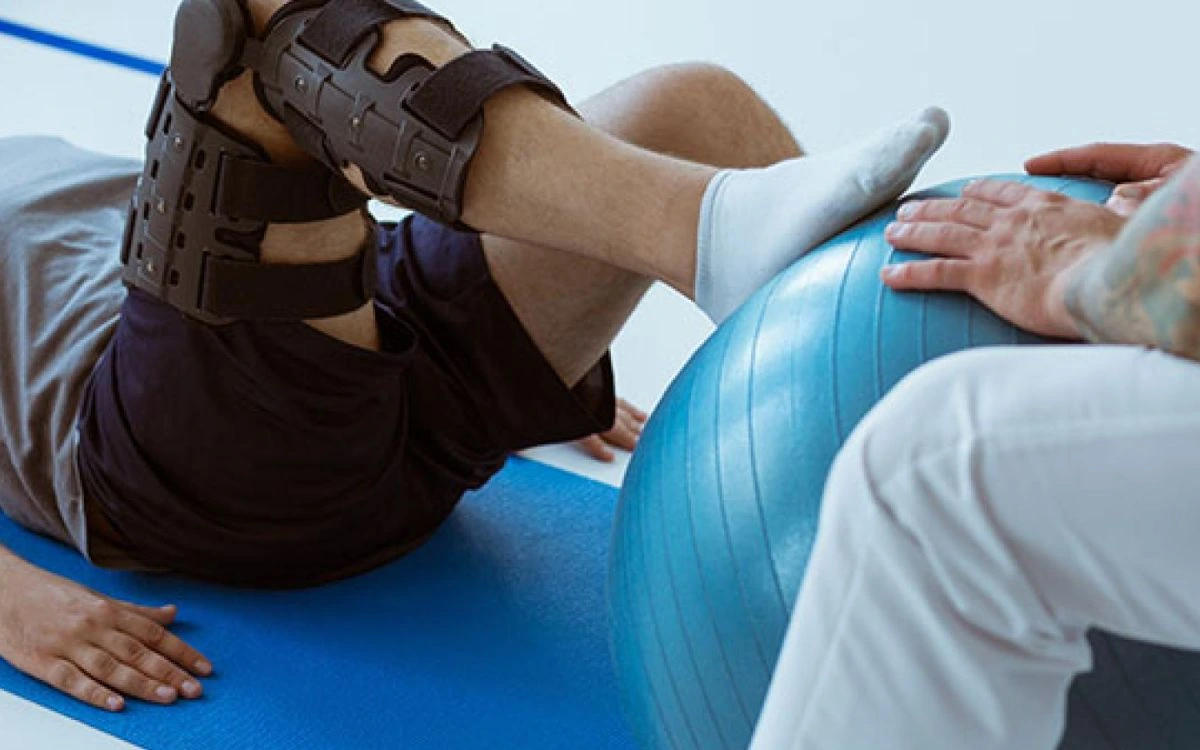Overview
De Quervain’s Tenosynovitis
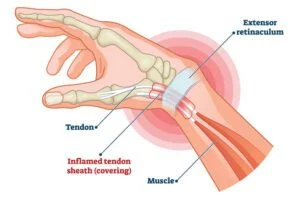
It is a common condition where the tendons that extend and straighten the thumb (extensor and abductor pollicus lengthyus) are inflamed. The thumb’s base and wrist are the areas that feel the most pain.
Tenosynovitis in De Quarvain is common to repetitive tasks such as wringing or scissoring. Rest, splinting and rehabilitation are all options to treat the condition. Although surgery is not often necessary, a steroid injection may be required.
Treatments
Possible Treatments
- Cryotherapy or Cold Therapy
- Electrotherapeutic Modalities
- Hand Active Range of Motion
- Isometric Exercise
- Iontophoresis
- Proprioceptive Neuromuscular Facilitation (PNF)
- Physical Agents
- Soft Tissue Mobilization
- Stretching/Flexibility Exercise
- Wrist Active Range of Motion
- Wrist Joint Mobilization
- Wrist Passive Range of Motion
- Wrist Resistive Range of Motion
Goals
Possible Treatment Goals
- Improve Function
- Improve Muscle Strength and Power
- Increase Oxygen to Tissues
- Improve Range of Motion
- Improve Relaxation
- Self-care of Symptoms
- Improve Safety
- Improve Tolerance for Prolonged Activities

